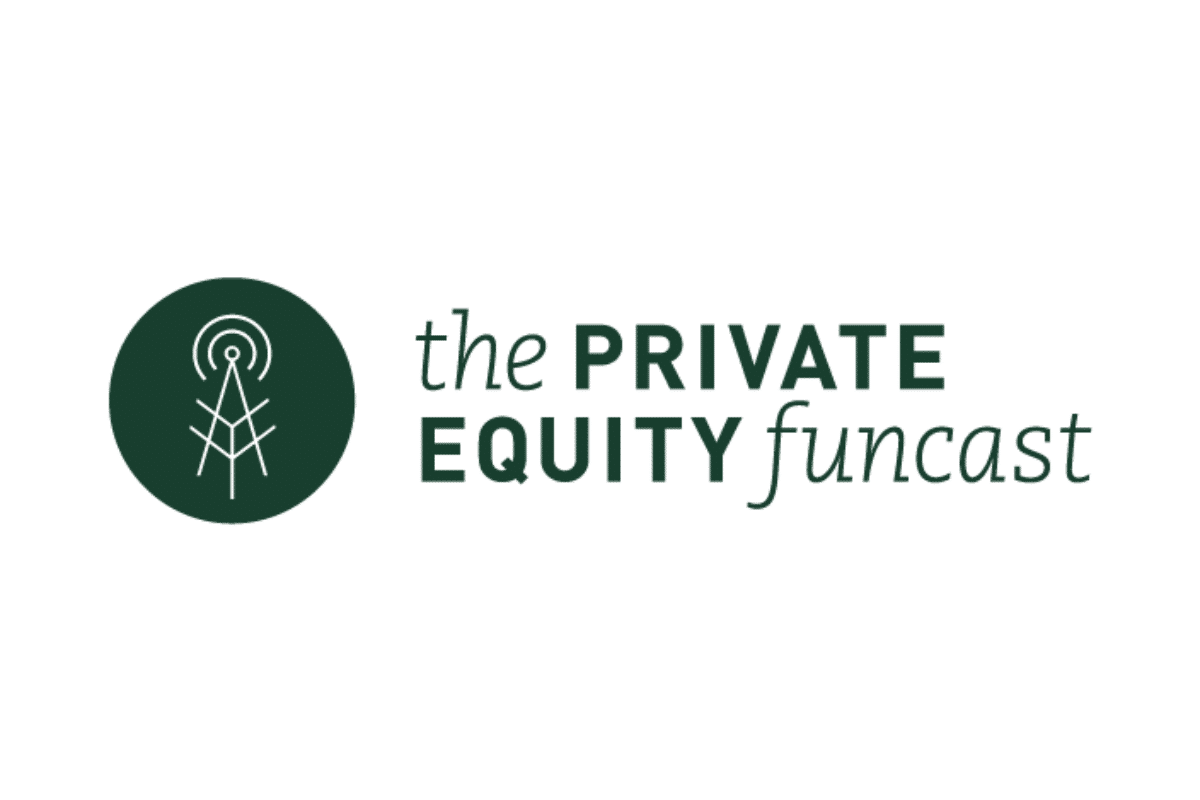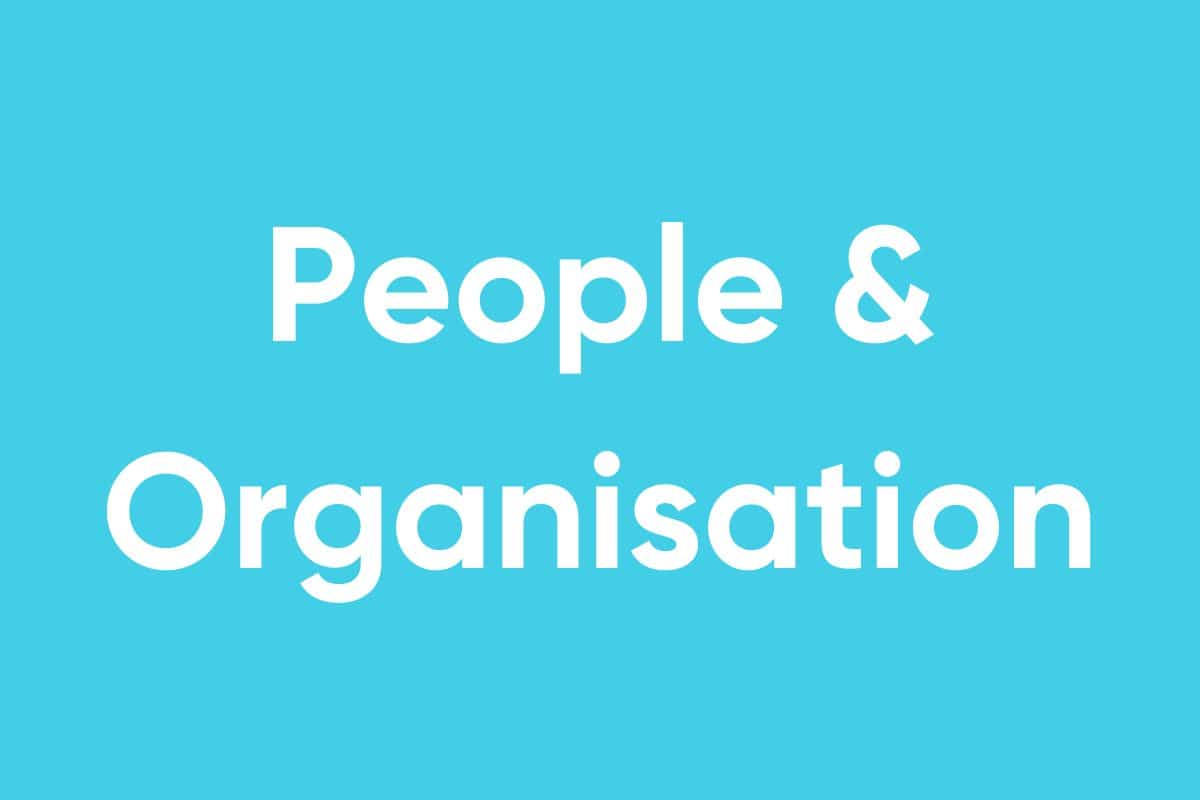Michael, you consciously chose to bootstrap your company. Why did you choose this path?
Michael: It was only partially a conscious decision. We were previously an agency, and our big goal was always to gain a lot of experience and keep the profits within the company to eventually start our new company and self-finance it. We had a strong cash flow. That’s why the decision for bootstrapping was easy, and my intuition was also very clear: We’d rather make mistakes and test in the market with our own money than ask other people for money.
We prefer to make mistakes and test in the market with our own money rather than ask other people for money.
Michael: Freedom is an important aspect. For us, the path also had the significant advantage that we could focus on customer business from the very beginning. The search for investors takes an immense amount of time. We were able to save that time and fully concentrate on improving our product. We never had to seek approval from investors, and – a third advantage of bootstrapping – we had to work very economically from day one. I believe this business perspective has served us well. Today, we generate good profits every month.
The search for investors takes an immense amount of time. We were able to save that time and fully concentrate on improving our product.
We highly value bootstrapping entrepreneurs because they work with full focus and are very conscious about managing money. Have you experienced situations where the financing model brought disadvantages to your company?
Michael: Indeed, the disadvantages are becoming apparent now. We no longer have just a cool product; we are a company with over 1300 paying customers. It would be beneficial to have a partner on board who has a financial stake and brings the executive experience that our team lacks. With an investor, we could have also focused more on recruiting from the beginning, but in hindsight, I’m always very critical. If I had the capital and hired senior employees three years ago, I probably wouldn’t have been able to lead them effectively. That’s why it’s good that we took this path. Now, it’s even more important for us to raise money to build a senior management team and make Perspective a big success. However, at the beginning, I didn’t see any disadvantages.
Peter: That’s fascinating. I had the exact same experience. I founded my first VC-funded company in my early 20s. In the first one or two funding rounds, we experienced the phenomenon you describe: we invested the money well from our perspective at the time, hired senior employees, but we weren’t prepared for it, and it led to growing pains. How do you actually lead a team? When we grew to over 20 employees, it became a real challenge.
If I had had the capital three years ago and hired senior employees, I probably wouldn’t have been able to lead them effectively. That’s why it’s good that we took this path.
You mentioned that you’ve always focused on customer value from the beginning. You probably didn’t develop a whole suite but an MVP or a prototype. Do you think that with more money and time, you would have built an even better product?
Michael: With our experience at the time, we couldn’t have done it better. More money wouldn’t have helped us. We also had cash flow. Our challenge was more about how to transform a service business with over 20 employees into a scalable software business. A small team is better at the beginning. There are no complex communication paths, and you can iterate quickly and understand what works and what doesn’t. Now would be the perfect time for us to have investors. We need a larger team now because we know what works and how it works.
Currently, you’re continuing to bootstrap, focusing on profitability, and want to grow. Do you believe that this approach is holding back your growth, or do you think you couldn’t handle faster growth from your perspective?
Michael: We’ve just entered a new phase of our company. Initially, it was about building an MVP and acquiring customers. In the second phase, the focus was on breaking even, which we achieved just last year thanks to rapid growth. Now we’re in the third phase: we’re making good profits every month, and we’re currently considering how to further professionalize the company. I’d like to remain a bootstrapping company indefinitely, but for now, we’re staying open to financing options. At the moment, we want to continue with our own funds.
Currently, we’re not even able to spend the money we’re generating in profit. So, taking on external capital wouldn’t benefit us at all. Right now, our priority is to hire the right employees. We’ll see what happens when we’ve used up our own profits.
When you think about other founders and entrepreneurs who are faced with the decision of whether to bootstrap, what would you recommend to them? What should they pay attention to when choosing this path?
Michael: I’m a huge fan of bootstrapping because it worked out so well for us, but it’s an individual decision. There are business models that are very capital-intensive, and in those cases, it’s probably not even possible to build the company entirely through bootstrapping. However, I believe the bootstrapping approach is generally underestimated. If it’s possible, I would recommend it, especially in the early stage.
I’m a huge fan of bootstrapping because it worked out so well for us, but it’s an individual decision.
Michael: Absolutely. If we were to start the same venture today, we would likely progress much faster, but that has more to do with our experience than the financing method.














